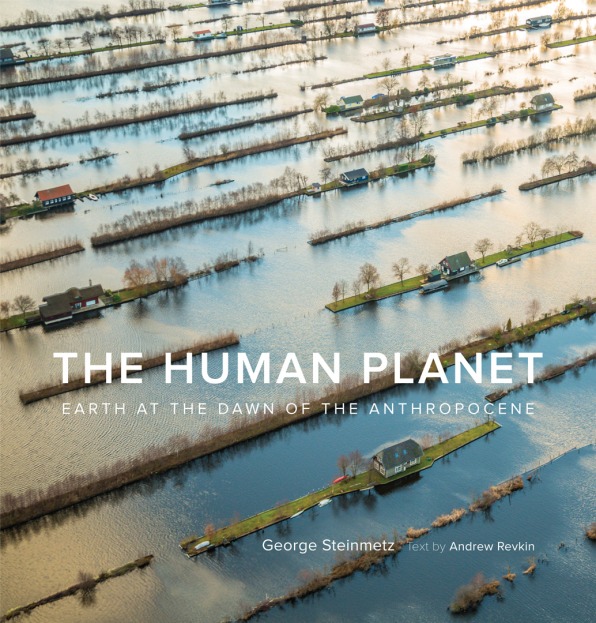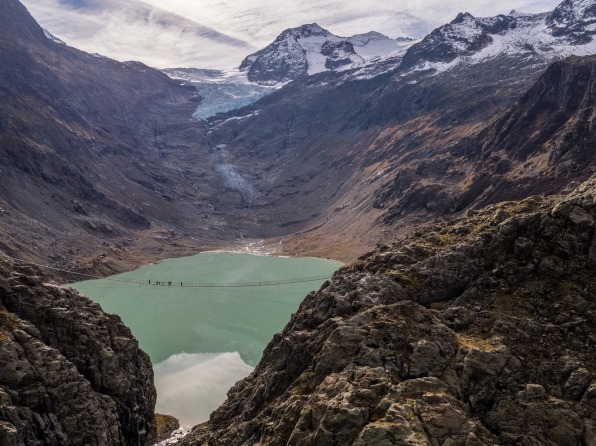From massive fields of greenhouses to melted glaciers, see what humanity has managed to build—and what effects that building has had.
More than two decades ago, long before the advent of cheap drones, photographer George Steinmetz started strapping on a motorized paraglider—a lightweight machine powered by a backpack motor, with a parachute attached—and sailed over remote areas capturing images of the planet from above.

“When you see all this put together, I think that it communicates the magnitude of our impact on the planet,” Steinmetz says. He says that he didn’t begin the project with an environmental agenda. “I’m not a tree hugger…I love exploring the world, and I just started seeing things that were disturbing.”

“One of the takeaways is that maybe it’s time for us as a collective to start reconsidering our relationship to the world and think about how we can live a little more lightly,” he says. “The little things we do can have a significant cumulative effect. I don’t think it’s too big to solve.”
https://www.fastcompany.com/90500830/stunning-aerial-photos-capture-the-extent-of-humanitys-impact-on-the-planet
2020-05-06 10:00:00Z
CBMicGh0dHBzOi8vd3d3LmZhc3Rjb21wYW55LmNvbS85MDUwMDgzMC9zdHVubmluZy1hZXJpYWwtcGhvdG9zLWNhcHR1cmUtdGhlLWV4dGVudC1vZi1odW1hbml0eXMtaW1wYWN0LW9uLXRoZS1wbGFuZXTSAQA
Bagikan Berita Ini
















0 Response to "Stunning aerial photos capture humanity's impact on the planet - Fast Company"
Post a Comment